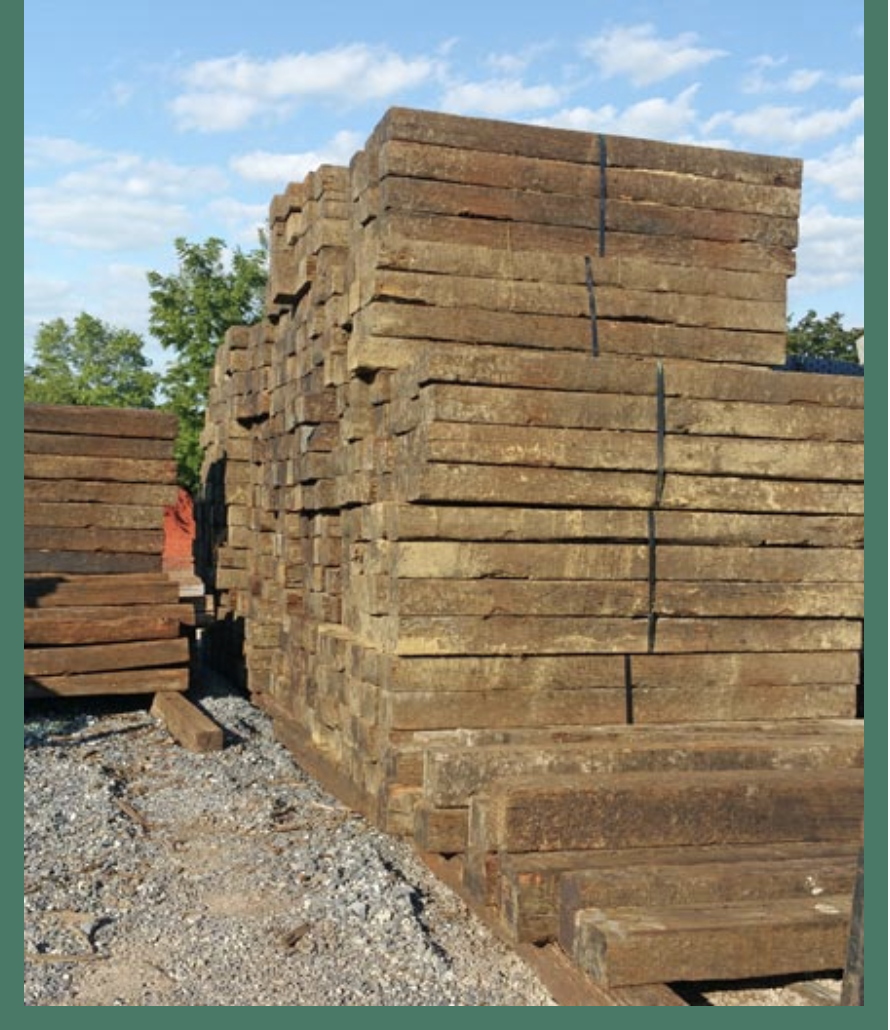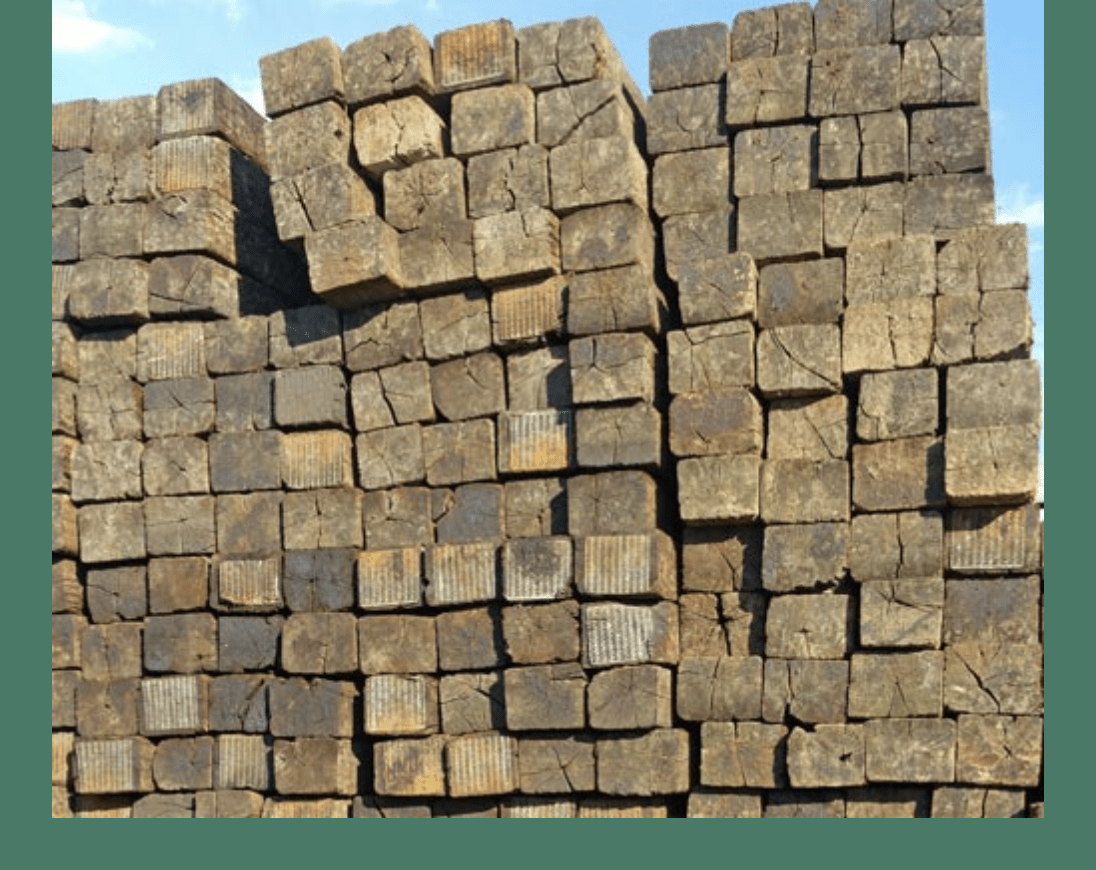Railroad Ties - Gettysburg Pa & Surrounding Area

Nolt’s Mulch Products Sells Railroad Ties for Landscape Use
Have you ever considered using railroad ties as landscape items around your home in Gettysburg, PA, or the surrounding area? New railroad ties are used as rectangular support for the rails in railroad tracks. Old railroad ties, however, can be used as functional elements or for decorative accents.
Railroad ties can be used for borders, walkways, retaining walls, steps, fences, corrals, chutes, flower boxes, and other applications. Nolt’s Mulch Products Inc. sells railroad ties in bundle packs of 16, and we can deliver them to you. When you want railroad ties for your property, give us a call at (717) 334-0849 for pricing, ordering and other questions.
Railroad Tie Uses in Landscaping Include:
- Borders
- Walkways
- Retaining Walls
- Steps
- Fences
- Corrals
- Chutes
- Flower Boxes
Species of Wood Used for Railroad Ties:
- Ashes
- Beech
- Hickories
- Sycamores
- Elms
- Gums
- Oaks
- Locusts
Ties are Being Used More Today in Landscaping
The railroad ties that we offer to the public are used ties that have been removed from service for different reasons, but are just right to use on your property. Ties are increasingly being used in combination with brick, sand, concrete, or gravel to create modern landscaping designs. The standard tie size is 7”x9”x8.5”, but they can be cut in any length. The condition of railroad ties is distinguished by grades. Some ties will obviously be in better condition than others because of previous use, age and weather.


Here’s a Closer Look at the Graded Railroad Ties
Nolt’s Mulch Products carries Number 1 Grade, which is the best for landscaping, and the Number 2 Grade at our facility.
NUMBER 1 GRADE LANDSCAPE RAILROAD TIES: These ties have at least three solid sides. This grade is solid, straight, and with minimal wear in the plate area. These ties are generally square with minimal splitting in the ends. They are the largest percentage of ties pulled from the track.
NUMBER 2 GRADE RAILROAD TIES: Number 2 grade ties are structurally sound with defects like excessive wear in the plate area, missing edges, large splits in the ends, and minimal rotting.

